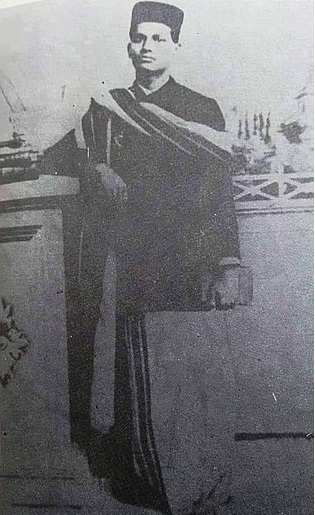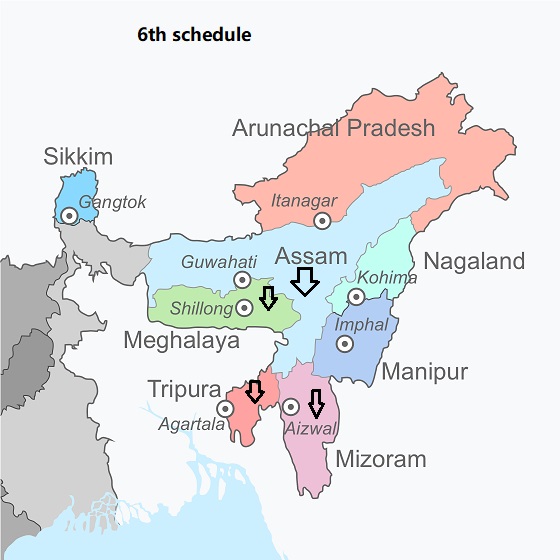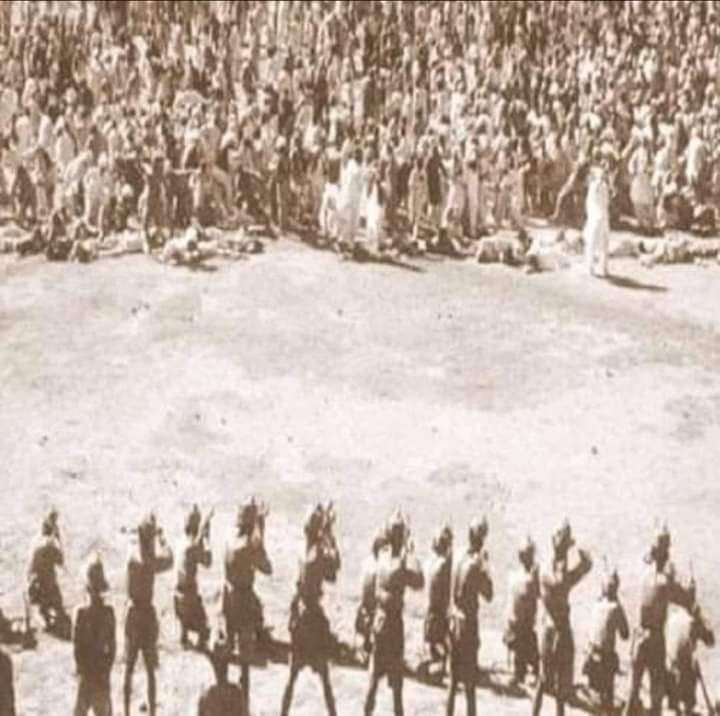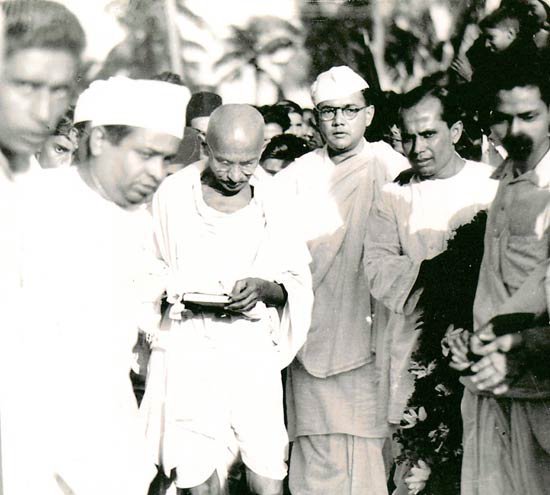An important political event called the Nashik Conspiracy Case took place in December 1909 in the Indian city of Nashik. In this case, a British official named Arthur Mason Tippett Jackson, who was a collector in Nashik, was murdered.
Jackson, who was noted for his efforts to preserve Indian culture and tradition, was shot dead by a young rebel named Ananta Laxman Kanhere while he was watching a play at the Vijayananda Theatre.
Jackson’s assassination was only a small part of a wider campaign by Indian nationalists calling for the end of British colonial rule.

Kanhere, who was only 17 at the time of the assassination, belonged to the Abhinav Bharat Gupta Samaj, which was formed by Vinayak Damodar Savarkar. Kanhere was a member of a larger group of revolutionaries preparing to launch a bloody rebellion against British rule, so he was not acting alone.
Historical Background
India experienced a powerful nationalist sentiment in the early 20th century. The entire country saw a wave of rallies, agitations and covert actions against the British rule. During this time, the Nashik Conspiracy Case came to light, which changed the course of the freedom struggle forever.
The Main Accused
A group of revolutionaries who attempted to oust British rule through armed rebellion were involved in the Nashik Conspiracy Case. VD Savarkar, his brother Ganesh Savarkar and Vishnu Karkare were the key players in this case. These men were strong supporters of the freedom struggle and were instrumental in planning and implementing its strategies.

The Alleged Conspiracy
The conspiracy of the accused to organize an armed rebellion against the British was central to their plan. He planned to collect arms, gunpowder, and supplies to support his movement. However, the British authorities became aware of his actions and launched an investigation, which resulted in his detention.
The Trial and Imprisonment
The Nashik Conspiracy Case changed course as a result of the prosecution of the suspects. The aim of the British colonial authorities was to put an end to revolutionary activities and punish those responsible. Later, V.D. Savarkar, Ganesh Savarkar, and Vishnu Karkare were found guilty and sentenced to varying lengths of rigorous imprisonment.
Vishnu Karkare in Nashik Central Jail, V.D. Savarkar and Ganesh Savarkar were kept in the notoriously brutal Cellular Jail in the Andaman and Nicobar Islands.
The Release of V.D. Savarkar from the Nashik Conspiracy Case
Vinayak Damodar Savarkar, better known by his initials V.D. Savarkar was released from jail in 1924. He was sentenced to rigorous imprisonment for his role in the Nashik Conspiracy case.
Savarkar was granted parole after serving nearly ten years of his sentence, if he refrained from involvement in politics and revolutionaries
Impact on Freedom Movement
Despite not being as famous as some other freedom-struggle incidents, the Nashik Conspiracy Case had a major impact on the movement. This resulted in inspiring and motivating many young revolutionaries as they saw the sacrifice of the victims as a symbol of resistance to British tyranny.
Historical Significance
The Nashik Conspiracy Case serves as a testament to the strong will of the freedom fighters of India. The defendants, by their actions and willingness to undergo jail, gave a strong message to the country about the value of cooperation, tenacity and sacrifice in the freedom struggle.
Article Powered by TOPICFLIX
संविधान की 6वीं अनुसूची क्या है [6th schedule]
संविधान का 6वीं अनुसूची (6th schedule) असम, मेघालय, मिजोरम और त्रिपुरा के आदिवासी क्षेत्रों के…
ब्रू शरणार्थी [Bru or Reang Refugees] [UPSC GS]
ब्रू समुदाय (Bru tribes) मिज़ोरम का सबसे बड़ा अल्पसंख्यक आदिवासी समूह है। ब्रू आदिवासी समुदाय…
नासा का सनराइज मिशन [Sunrise mission] [UPSC GK]
30 मार्च, 2020 को नासा ने सन रेडियो इंटरफेरोमीटर स्पेस एक्सपेरिमेंट सनराइज मिशन (Sunrise mission)…
काजिन सारा (Kajin Sara Lake) झील की खोज क्यों महत्वपूर्ण है ?
नेपाल में मनांग जिले में एक नई झील मिली है। मीडिया रिपोर्टों में, इस काजीन…
नीमूचणा किसान आंदोलन (Nimuchana Kisan Andolan)
नीमूचणा किसान आंदोलन (Nimuchana Kisan Andolan) आज़ादी से पहले राजस्थान का एक बड़ा ऐतिहासिक हिस्सा…
त्रिपुरी अधिवेशन, 1939 – QnAs
त्रिपुरी अधिवेशन,1939 में कांग्रेस में आंतरिक संकट आ गया था यह ठीक वैसा ही था…


![नासा का सनराइज मिशन [Sunrise mission] [UPSC GK]](https://bugnews.in/wp-content/uploads/2022/03/suunrise-mission-upsc.jpg)


